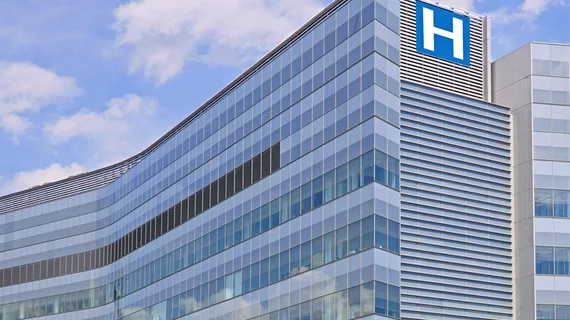55% of hospitals earn payment bump through value-based purchasing
Just 55 percent of hospitals will earn a payment increase under the Medicare value-based purchasing program in 2019, according to CMS.
The VBP program, which will be in its seventh year in 2019, pays hospitals under the Inpatient Prospective Payment System based on quality of care evaluated against their peers. Hospitals can see adjustments, both positive and negative, in their payments based on quality measurements. In 2019, the total amount available for value-based incentive payments is $1.9 billion.
Out of approximately 2,800 hospitals across the country in the hospital VBP program, more than 1,550 will receive higher Medicare payments, CMS announced. The average net payment adjustment is small, at just 0.17 percent, and nearly 60 percent of hospitals will see a small change in their payment between -0.5 percent and 0.5 percent.
The highest performing hospitals will see a net increase in payments of 3.67 percent in 2019, while the lowest performing hospitals will see a decrease of 1.59 percent. A 2 percent reduction is used as a base operating diagnosis-related group payment amount, and the program is budget neutral.
The average total performance score improved in 2019, up to 38.1 percent, compared to 37.4 percent in 2018.

